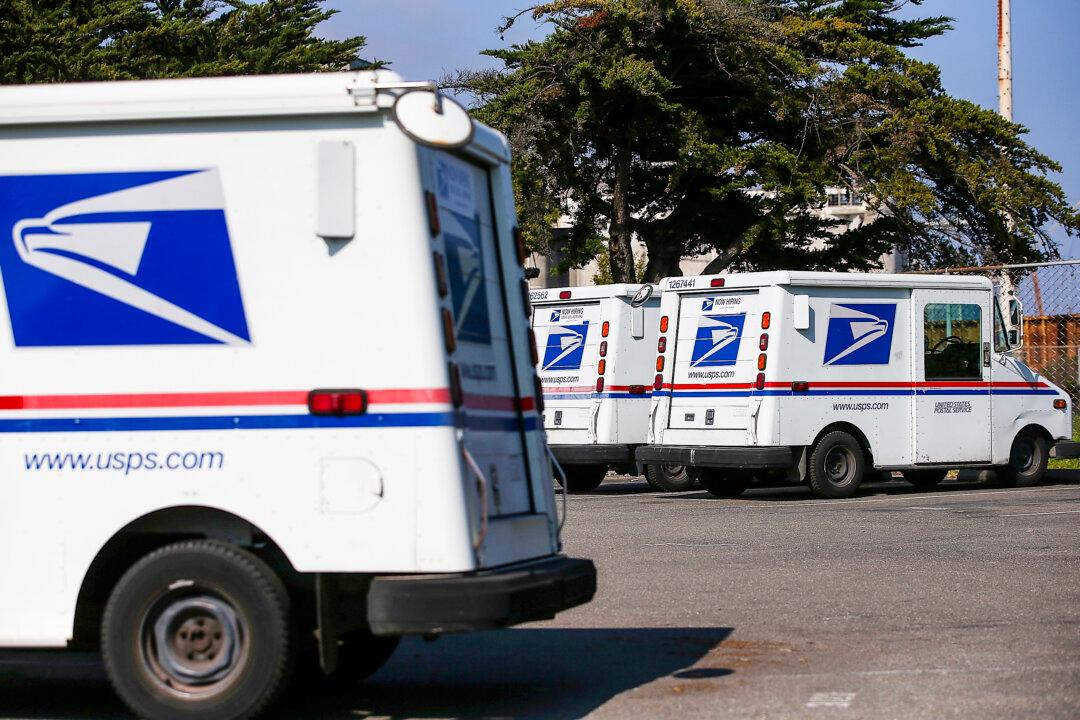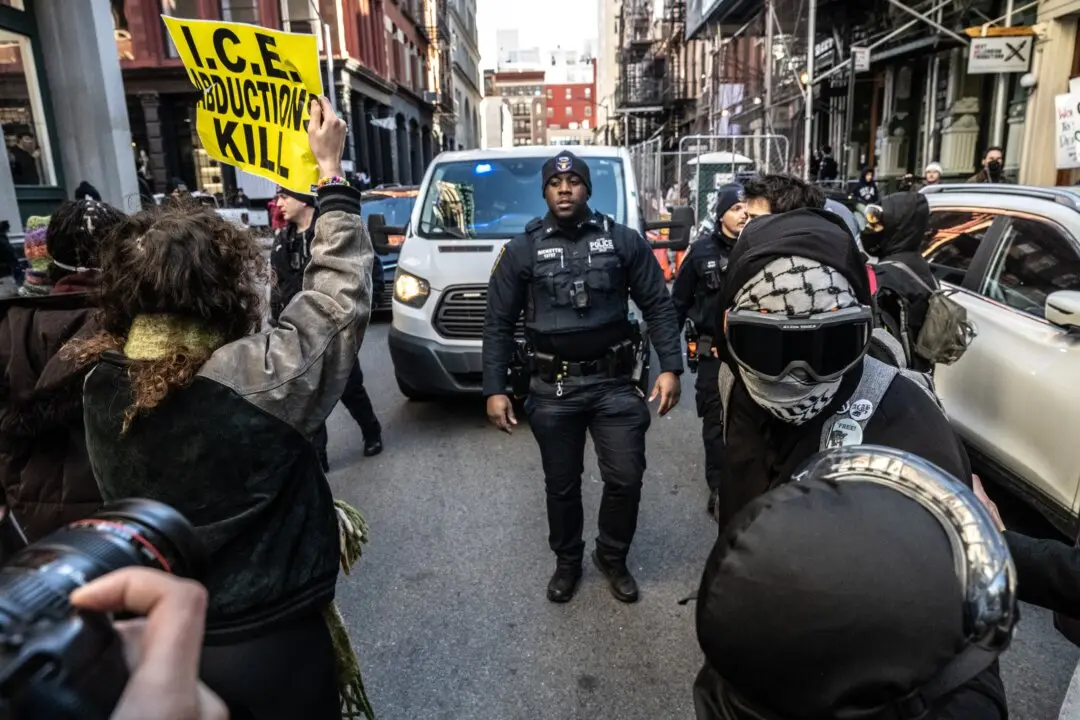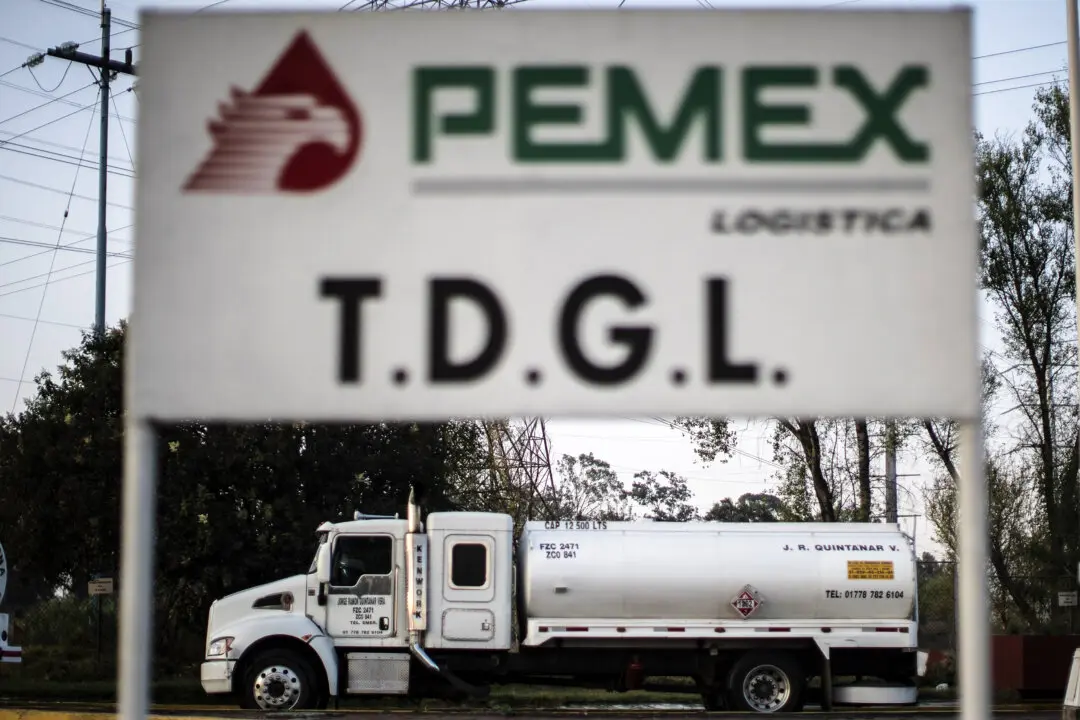The U.S. Postal Service (USPS) proposed a host of measures, aimed at saving the agency billions of dollars annually, that could increase delivery times in some regions of the country.
One of the proposals made by USPS is adjusting the pick-up and drop-off times of mail between post offices and processing plants when the offices are located far from regional hubs, according to an Aug. 22 statement. Another proposal could lead to faster delivery, with certain mail that used to take four days to deliver arriving in three days. However, certain regions could see slower deliveries, according to the USPS.





